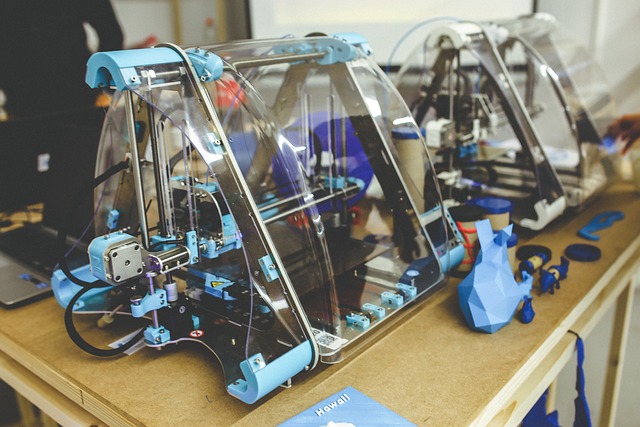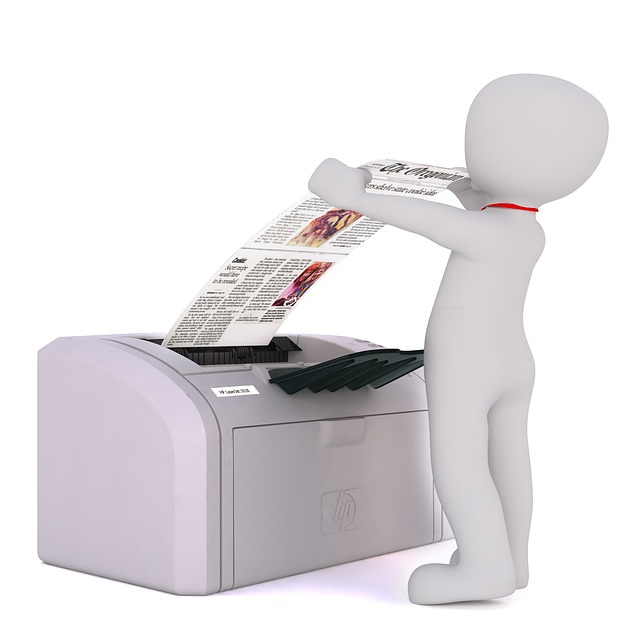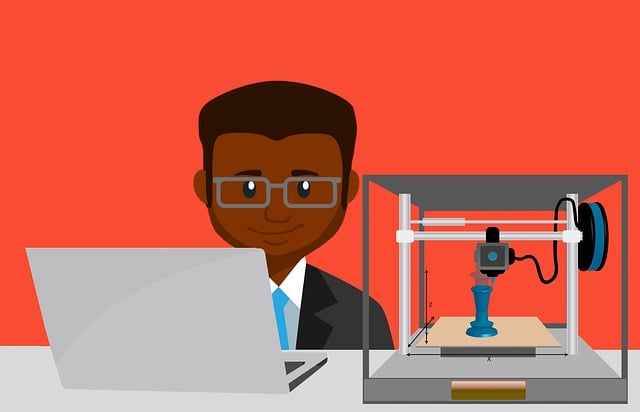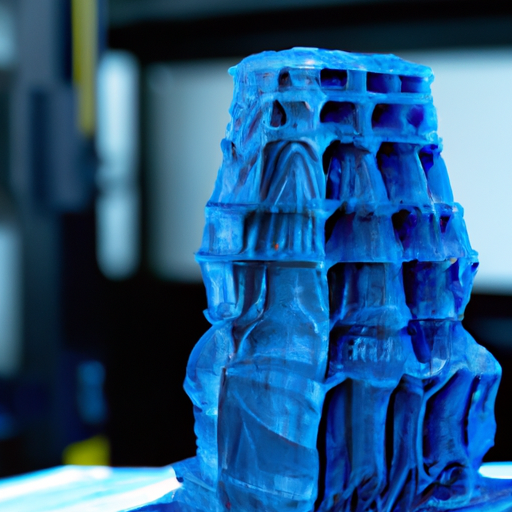As an Amazon Associate, I earn from your qualifying purchases. When you click an affiliate link, we get a small commission at no cost to you.
So you’re interested in getting a high-quality 3D printer? Well, you’ve come to the right place! In this article, we’ll be discussing all the important factors you need to consider when choosing the perfect 3D printer for your needs. Whether you’re a beginner or an experienced user, we’ve got you covered with helpful tips and insights.
Are you wondering about the different types of 3D printers available in the market? Maybe you’re curious about the key features that make a printer high-quality? Or perhaps you’re looking for advice on how to determine the right printer for your specific projects? Don’t worry, we’ll delve into all of these topics and more. By the end of this article, you’ll have a clear understanding of what to look for when selecting the best high-quality 3D printer that suits your requirements. So, let’s get started and explore the fascinating world of 3D printing together!
Choosing the Right High-Quality 3D Printer
Are you interested in exploring the world of 3D printing? Whether you are a professional seeking to enhance your design capabilities, or a hobbyist looking to bring your creations to life, choosing the right high-quality 3D printer is essential. With so many options available in the market, it can be overwhelming to determine which one best suits your needs. In this article, we will guide you through the process of understanding 3D printing, factors to consider when choosing a printer, and provide recommendations for the best high-quality 3D printers in different categories.
Understanding 3D Printing
Before diving into the selection process, it is important to understand how 3D printing works and the benefits it offers. 3D printing, also known as additive manufacturing, is a process of creating three-dimensional objects by depositing layers of material on top of each other.
The first step in 3D printing involves creating a digital model or design using 3D modeling software. This design is then sliced into thin layers, which are sent to the 3D printer. The printer heats or cures the chosen material and deposits it layer by layer, following the instructions from the digital design. This additive process allows for the creation of complex shapes and intricate details.
What to Consider When Choosing a 3D Printer
- Budget and Price Range: One of the first factors to consider is your budget and the price range you are willing to invest in a 3D printer. High-quality printers can range from a few hundred to several thousand dollars. It is crucial to set a realistic budget before beginning your search.
- Printing Size and Volume: Another important consideration is the size and volume of the objects you plan to print. Some printers have limitations on the maximum size they can handle. Assess your requirements and ensure that the printer you choose can accommodate the desired printing size.
- Printing Materials Supported: Different printers support different types of materials. Some printers are limited to a specific material, such as plastic, while others can print with a variety of materials, including metal, resin, and ceramic. Determine the type of materials you intend to work with and choose a printer that can support them.
- Printer Resolution and Quality: The resolution and quality of prints produced by a 3D printer are crucial factors to consider. High resolution ensures fine details and smooth surfaces, resulting in better finish and accuracy. Look for printers with a high resolution capability to achieve the desired level of print quality.
Different Types of 3D Printers
Now that you understand the key factors to consider, let’s explore the different types of 3D printers available in the market:
- Fused Deposition Modeling (FDM): FDM is one of the most common and affordable 3D printing technologies. It works by heating and extruding a thermoplastic filament through a nozzle, which then solidifies as it cools down. FDM printers are user-friendly and suitable for a wide range of applications.
- Stereolithography (SLA): SLA printers use a process called photopolymerization to create objects. A liquid resin is exposed to ultraviolet light layer by layer, causing it to solidify. SLA printers offer high precision and smooth surface finish, making them ideal for intricate designs and detailed models.
- Selective Laser Sintering (SLS): SLS printers use a laser to selectively fuse powdered material, typically nylon, to create objects layer by layer. SLS is known for its ability to produce strong and durable parts. It is often used in the aerospace and automotive industries.
- Digital Light Processing (DLP): DLP printers work similarly to SLA printers, but instead of a laser, they use a digital light projector to cure the resin. DLP printers can produce high-resolution prints quickly and are commonly used in jewelry making and dental applications.
Features and Specifications
In addition to the printer type, here are some other features and specifications to consider when making your decision:
- Printing Speed: The speed at which a 3D printer can produce objects varies. Consider your requirements and the desired turnaround time for your prints. Keep in mind that higher printing speeds may compromise print quality.
- Connectivity Options: Some printers offer wireless connectivity or the ability to print directly from a computer or smartphone. This feature can enhance convenience and ease of use.
- Software Compatibility: Check if the 3D printer is compatible with the software you intend to use for designing and slicing your models. Compatibility with popular software such as Autodesk and Blender is essential for a seamless workflow.
- Maintenance and Support: Consider the level of maintenance required for the printer and the availability of customer support. Look for printers that offer regular firmware updates and have a reliable support system in case you encounter any issues.
Reviews and Recommendations
When making such an important investment, it is essential to consider expert reviews and user testimonials. Expert reviews provide an in-depth evaluation of various printers, highlighting their strengths and weaknesses. User testimonials offer valuable insights based on real-world experiences with the printers.
Comparing Top High-Quality 3D Printers on the Market
To help you make an informed decision, let’s compare some of the top high-quality 3D printers available:
- An FDM printer offers a large printing volume and supports various materials, including PLA, ABS, and PETG. It has a high resolution and comes with wireless connectivity options.
- An SLA printer known for its exceptional print quality and smooth surface finish. It has a moderate printing volume but offers compatibility with popular design software.
- A compact DLP printer with a fast printing speed and high resolution. It is suitable for jewelry designers and artists seeking to create intricate models.

Price Range and Value for Money
The price range for high-quality 3D printers can vary significantly. It is important to consider the value for money offered by each printer. Look for printers that offer a balance between price and features, ensuring that you get the best value for your investment.

Best High-Quality 3D Printers for Professionals
If you are a professional seeking a top-tier 3D printer, we recommend considering Printer B. With its exceptional print quality and compatibility with professional design software, it is a reliable choice for professionals in various industries.

Best High-Quality 3D Printers for Hobbyists and Enthusiasts
For hobbyists and enthusiasts looking for an affordable yet reliable printer, Printer A is the ideal choice. Its versatility in materials and wireless connectivity options make it a popular option among hobbyist communities.

Conclusion
Choosing the right high-quality 3D printer requires careful consideration of various factors, such as budget, printing size, supported materials, and print quality. By understanding the different types of printers available and considering the features and specifications that align with your requirements, you can make an informed decision. Remember to explore expert reviews and user testimonials to further enhance your understanding of each printer. Whether you are a professional or a hobbyist, there is a high-quality 3D printer out there that can help bring your creations to life.


